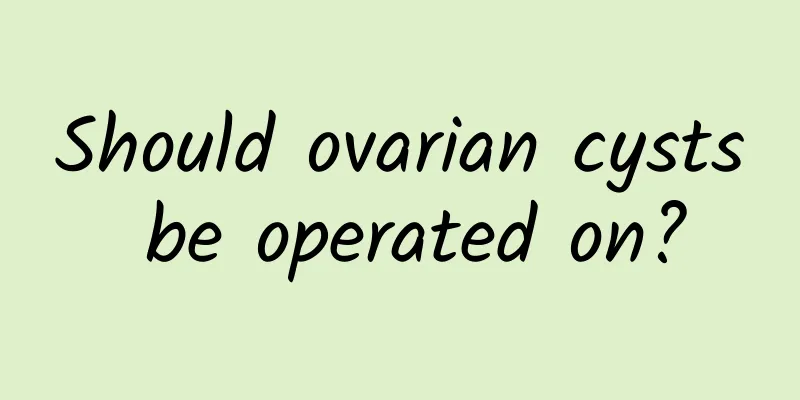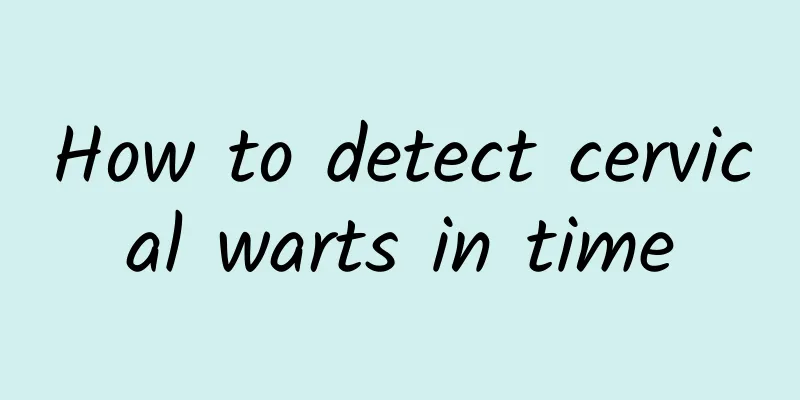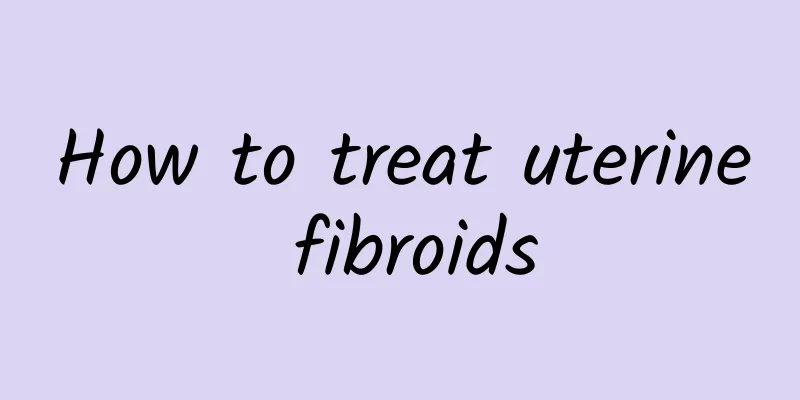Pathogenesis of Candida albicans vaginitis

|
The pathogenesis of Candida albicans vaginitis includes: attachment, germination, protease, and colony conversion. The specific process is as follows: Attachment Candida albicans first attaches to vaginal epithelial cells. Since the glycoprotein on the surface of Candida albicans binds to the receptors of the glycoproteins of the host cells, it has adhesion. In addition, hydrophobic force and electrostatic attraction also promote the attachment of Candida albicans. Adhesion is an important link in the mucosal colonization and invasion of Candida albicans. Candida albicans without adhesion ability is not pathogenic. Germ tube and hyphae formation After Candida albicans attaches to the epithelial cells of the vaginal mucosa, the fungus buds or forms pseudohyphae. The formation of hyphae is an effective way for Candida albicans to obtain nutrients. The formation of germ tubes increases the ability of Candida albicans to attach to the exfoliated cells of the vaginal or oral epithelium. The formation of germ tubes and mycelium promotes the invasion of the vaginal mucosal epithelium. Secreted proteases Candida albicans can secrete a variety of proteolytic enzymes, such as alkaline phosphatase, phospholipase and secretory asparagine, which help the germ tubes penetrate into intact mucosal epithelial cells. Patients with acute Candida albicans vaginitis have stronger protein lysis than asymptomatic carriers. Transformation of colonies The same strain of Candida albicans can present several colony morphologies under certain conditions, which is a high-frequency heritable phenotypic variation. White colonies are converted into opaque colonies, and their resistance to fungal drugs increases, with new virulence, including increased ability to attach, germinate, produce proteases, and form mycelium. |
<<: Ectopic pregnancy occurs in the fallopian tube and can be treated with interventional therapy
>>: What should you pay attention to after negative pressure aspiration?
Recommend
How to relieve pelvic peritonitis
Pelvic peritonitis is a gynecological disease tha...
Four common treatment methods for irregular menstruation
Irregular menstruation can be caused by many reas...
How to detect pelvic effusion
Pelvic effusion is a very common gynecological di...
Effects of pelvic inflammatory disease on the fetus
Many women are concerned about whether the harm o...
How to treat uterine fibroids in women? What are the common misunderstandings in the treatment of uterine fibroids?
Uterine myoma is the most common benign tumor of ...
People need to pay attention to diet after painless abortion
Painless abortion is becoming more and more commo...
Everyone should be aware of the routine examination methods for ectopic pregnancy
Patients with ectopic pregnancy usually do not un...
Analyzing the cause of cervicitis through leucorrhea
MicrosoftInternetExplorer402DocumentNotSpecified7....
What to do if leucorrhea increases due to cervicitis
What should I do if the amount of vaginal dischar...
How harmful is cervicitis?
Gynecological diseases are a big trouble for fema...
What does multiple uterine fibroids mean? What is the cause of multiple uterine cysts?
What does multiple uterine fibroids mean? What ar...
Is moderate cervical inflammation cervical erosion?
Cervical erosion can be basically divided into th...
2 types of vaginitis caused by improper dressing
When it comes to vaginitis, people often associat...
What are the nursing methods for patients with Bartholinitis?
The cause of Bartholinitis is related to many fac...
How long after abortion can I get pregnant again? What kind of care is needed after abortion?
Abortion is a disaster for expectant mothers. Man...









